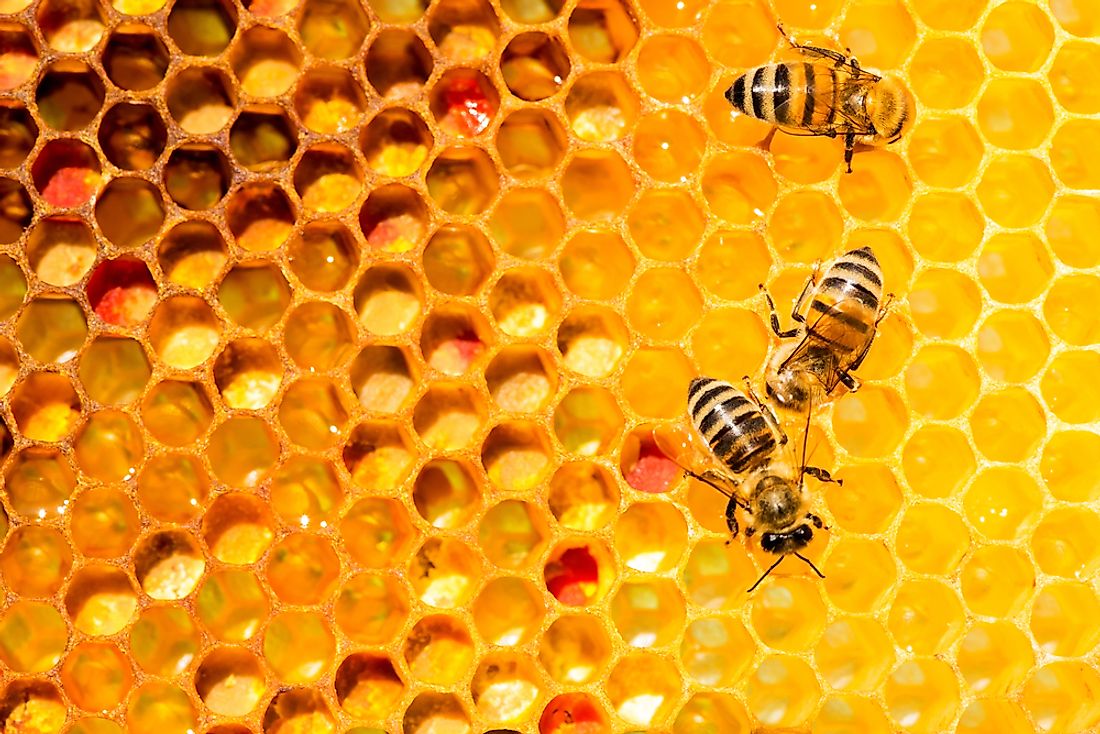What Are Neonicotinoids?

Neonicotinoid is the term used for insecticides whose chemical structure is similar to nicotine. Neonicotinoid insecticides enjoy widespread agricultural applications around the world, with imidacloprid, a neonicotinoid insecticide, being the world’s most famous insecticide. While these insecticides are less toxic than other previously-used pesticides, they have been identified as the most probable cause of the Colony collapse disorder (CCD) of honey bee, an ecological disaster that has seen honey bee populations diminishing at a worrying rate. Droping population of insects has affected birds as well because of shortage of food. In light of the detrimental effects of neonicotinoids on the environment, many of the world’s big economies have suggested to place a total ban on the use of the insecticide. The European Union is expected to impose a total ban on neonicotinoids, except for use in closed greenhouses, by the end of 2018.
Toxicity
The toxicity of neonicotinoid-based insecticides has been a polarizing issue for many years. When the insecticide was first introduced, toxicity analysis from major institutions in the world showed that it had low toxicity on insects. However, recent studies have linked the use of the insecticides to toxicity in beneficial insects. The effect is most profound on honey bees whose numbers have experienced an unprecedented rate of decline in what is referred to as “honey bee colony collapse disorder,” a phenomenon that is linked to neonicotinoid toxicity. Studies have shown that limited exposure to neonicotinoids has adverse effects on bees, affecting their foraging behavior, memory, and movements. In 2013, Italian scientists also stated that the insecticide weakened the immune systems of the bees making the bees vulnerable to viral diseases. Traces of the insecticide have been identified in many honey samples from all over the globe, showing the extent of the toxicity of neonicotinoids. The toxicity of the insecticide is not restricted to honey bees and has been observed in other animals as well. Desnitro-imidacloprid is one of the products when neonicotinoids is broken down when ingested by mammals or when broken down in the environment, and has high affinity to Nicotinic acetylcholine receptors (nAChRs) in mammals as it has charges nitrogen. It is also highly toxic to mice. The toxicity of the insecticide also affects insectivorous birds that feed on honey bees, with the decline in the honey bee population, the birds’ primary food item, results in the decline in the population of the bird. The popular nature magazine “Nature” published a study showing that honey bee numbers were directly proportional to the number of insect-eating birds.
Arguments Against The Banning Of Neonicotinoids
Despite the effects of neonicotinoids being outlined by scientists through numerous studies, a total ban on the use of neonicotinoids is something that countries around the world are struggling to implement. A 2013 study conducted in the EU showed that the banning of neonicotinoids would have adverse effects on agriculture and the economy in general. According to the findings, agriculture is set to lose an estimated $4 billion in the first year, if a complete ban is made on neonicotinoids. Additionally, about 20,000 people would lose their jobs, with Poland and Romania expected to be worst hit by the job losses. However, on the flipside, the continued use of neonicotinoids puts the world’s most important pollinators, bees at significant risk of extinction which would be devastating to agricultural output.











